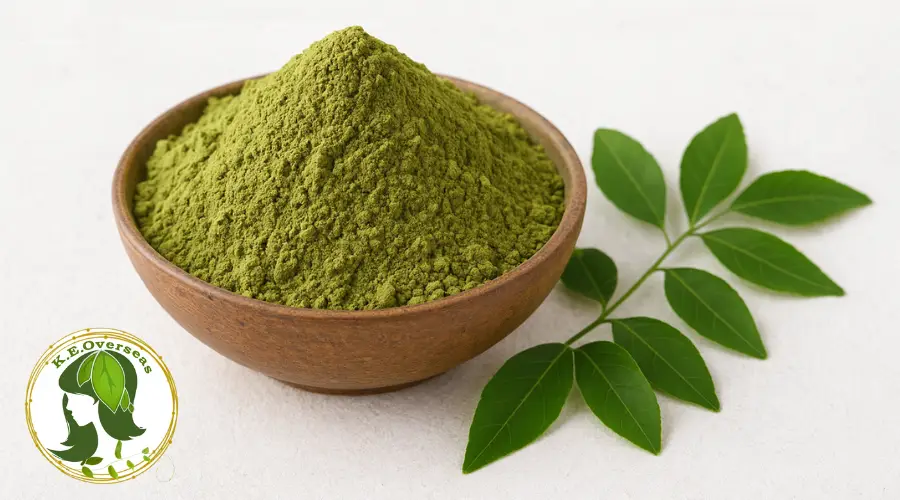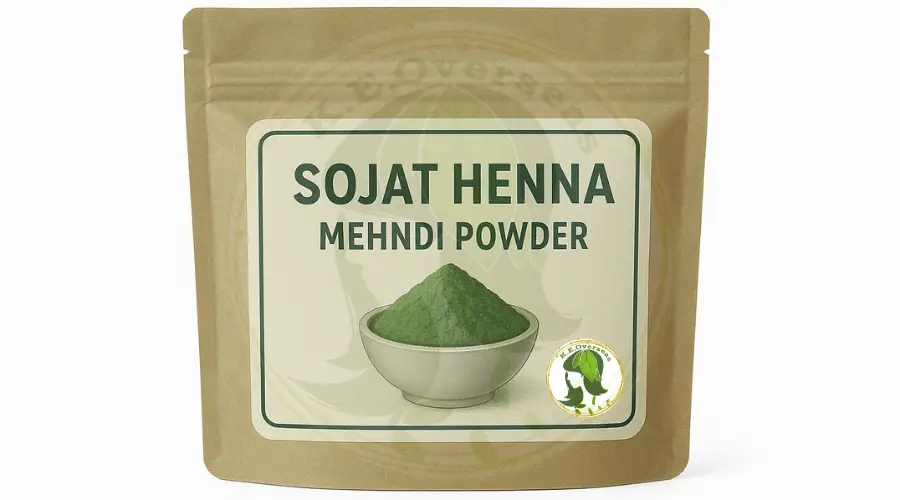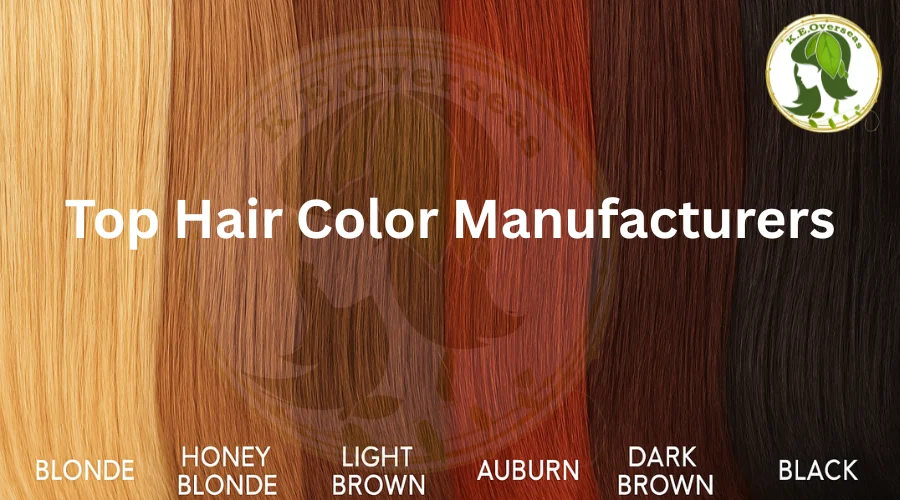India has long been known as the land of herbs, natural beauty treatments, and ancient remedies. Among its many treasures, Sojat henna powder stands out as a globally recognized product, known for its purity, natural color, and cultural significance. Sourced from the small town of Sojat in Rajasthan, this green gold powder has made a powerful mark in international beauty and wellness industries. But what’s the journey that this powder undertakes from dusty farms to store shelves across the globe?
Let’s explore the remarkable journey of Sojat henna powder from its origins in India to its widespread demand around the world.
1. The Origin: Sojat Henna Powder, Rajasthan the Henna Heartland
Sojat is a small town located in the Pali district of Rajasthan. The region’s climate and soil are ideal for growing Lawsonia inermis, the henna plant. Sojat alone accounts for over 90% of India’s total henna production, making it the undisputed capital of natural henna.
The growing of sojat henna pwoder in Sojat has been a traditional practice for generations. The plants are typically sown in summer and harvested after 4 to 6 months. These leaves are handpicked and sun-dried, a process that requires precision and care to preserve the natural dye content.
2. Processing: From Leaf to Sojat Henna Powder
Once harvested, the leaves undergo a multi-step transformation to become the high-quality powder known to consumers. Here’s how the process works:
Cleaning and Drying: Henna leaves are cleaned to remove dust and impurities and then dried under controlled sunlight to retain their natural color and aroma.
Grinding: The dried leaves are then finely ground using advanced crushers to achieve a smooth, talc-like texture.
Sieving: To ensure consistent quality, the powder is passed through mesh filters to remove coarse particles.
Testing: Reputable manufacturers conduct lab tests to check for dye content (lawsone levels), pesticide residue, and microbiological safety.
Packaging: Once certified for quality, the powder is packed in hygienic, moisture-proof bags to maintain freshness during transit.
This standardized processing ensures that Sojat henna meets both domestic and international quality standards.
3. Branding and Private Labelling
Many Sojat-based suppliers provide private labelling services for brands in the US, Europe, Middle East, and Southeast Asia. These companies offer customizable packaging options, allowing international clients to market the product under their own brand names.
With the global shift toward organic and herbal products, Sojat henna powder has gained popularity not only as a hair dye but also as a skincare and wellness product. It’s often blended with other herbs like indigo, amla, shikakai, and neem to create value-added formulations.
4. Compliance with Global Standards
Before exporting, Sojat henna must comply with various regulatory standards depending on the destination market:
US & Canada: Must adhere to FDA and Health Canada guidelines.
Europe: REACH and cosmetic regulations apply, especially for PPD-free and chemical-free claims.
Middle East: Halal certification and local labelling requirements.
Australia & Japan: Stringent microbiological and heavy metal testing.
To meet these standards, manufacturers in Sojat often invest in ISO-certified processing units, GMP (Good Manufacturing Practices) and eco-friendly infrastructure.
5. Export Channels and Distribution
Sojat henna powder is exported via multiple channels:
Direct Exporters: Manufacturers who handle production and export under their own brand.
Wholesale Traders: Middlemen who buy in bulk and sell to distributors globally.
Online B2B Platforms: Websites like IndiaMART, Alibaba, and TradeIndia help Sojat suppliers reach international buyers.
E-commerce Retailers: Brands often sell Sojat henna through platforms like Amazon, Etsy, and their own websites, especially in the natural and organic beauty niche.
Shipping is done via sea and air cargo, with proper documentation like Certificate of Origin, phytosanitary certificate, MSDS (Material Safety Data Sheet) and customs paperwork.
6. Global Demand and Popularity
Sojat henna is used in various ways across cultures:
Middle East & North Africa: For traditional body art during weddings and festivals.
Europe & North America: As a chemical-free hair dye for eco-conscious consumers.
Southeast Asia: In herbal cosmetic and wellness routines.
This rising demand is fuelled by the global natural beauty movement, where customers are seeking clean-label, cruelty-free and herbal alternatives to synthetic products.
7. Challenges in the Supply Chain
Despite its popularity, the export of Sojat henna is not without hurdles:
Climate Dependence: Henna crops are vulnerable to unpredictable rainfall and extreme weather.
Quality Control: Small-scale farmers may lack access to modern testing facilities.
Fake Products: Adulterated henna powders in the market harm the brand reputation.
Export Regulations: Varying compliance laws can delay or reject shipments.
From Tradition to Trend
What started as a humble village practice in Rajasthan has now become a global product of pride. The journey of Sojat henna powder from the arid fields of India to hair salons and beauty shelves across continents is a testament to the power of natural, sustainable products in the modern age.
As the world continues to embrace holistic wellness and organic beauty, Sojat henna stands tall as a trusted, time-honoured herbal treasure ready to color the world naturally.








